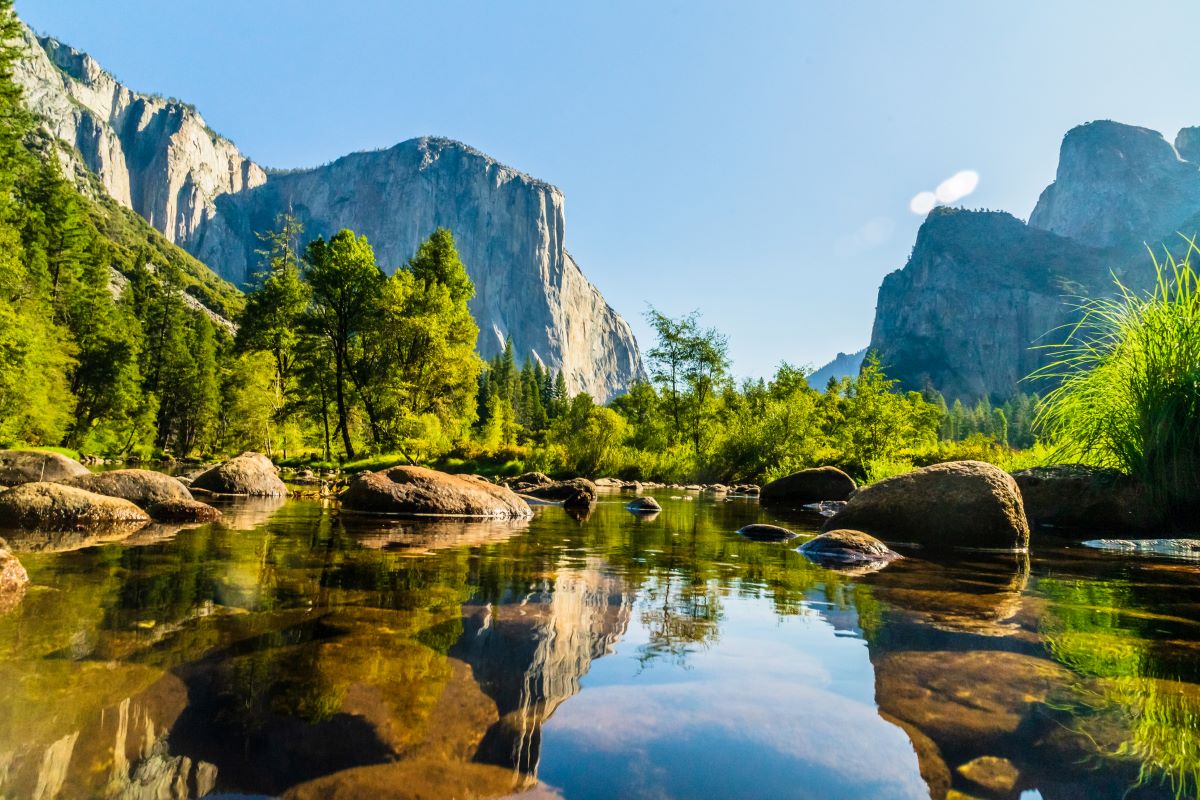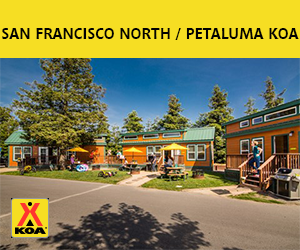Summer Time Overcrowding is Affecting Yosemite National Park

Enjoying a Serene Summer in Yosemite National Park: Tips to Avoid Crowds and Preserve Nature’s Delight
Yosemite National Park, with its breathtaking vistas, towering granite cliffs, and majestic waterfalls, is a nature lover’s paradise. However, during the summer months, this iconic park can become bustling with visitors seeking their own slice of paradise. To fully appreciate the tranquility and beauty Yosemite offers while respecting its fragile ecosystem, it’s essential to plan ahead, abide by leave no trace principles, and adopt practices that minimize overcrowding. In this article, we’ll explore strategies to enjoy a serene summer in Yosemite National Park while minimizing the impact on its delicate natural environment.
Understanding Yosemite’s Summer Crowds: Yosemite’s popularity peaks during the summer when the weather is pleasant, and families are on vacation. While this surge in visitors is a testament to the park’s allure, it also presents challenges for those seeking solitude and a more intimate experience with nature. By being aware of peak times and popular areas, you can adjust your plans to minimize crowds and make the most of your visit.
- Plan Ahead: To avoid the busiest times, consider visiting Yosemite on weekdays or during shoulder seasons (late spring or early fall) when visitor numbers are relatively lower. Make reservations well in advance for camping, lodging, and any guided activities you wish to participate in.
- Explore Lesser-Known Areas: While iconic landmarks like Half Dome and Yosemite Falls are undeniably captivating, the park boasts numerous hidden gems that offer equally stunning scenery. Research and explore less-visited areas such as Tuolumne Meadows, Hetch Hetchy Valley, or Mariposa Grove to enjoy solitude and discover lesser-known wonders.
- Venture Off the Beaten Path: Yosemite’s main valley can get crowded, especially during peak hours. Consider exploring the park’s extensive trail network to escape the masses. Hiking to lesser-known destinations, such as Clouds Rest or Cathedral Lakes, can provide awe-inspiring vistas and a more personal connection with nature.
- Opt for Early Mornings or Late Afternoons: Many visitors tend to follow a similar schedule, so plan to arrive early in the morning or later in the afternoon to enjoy popular spots with fewer crowds. Witnessing sunrise or sunset in Yosemite can be an unforgettable experience, and the lighting conditions often enhance the park’s natural beauty.
- Engage in Less Popular Activities: While hiking is a popular pursuit in Yosemite, consider engaging in alternative activities that offer unique perspectives. Try birdwatching, wildlife spotting, stargazing, or photography workshops to connect with nature on a deeper level and appreciate the park’s biodiversity.
- Utilize the Free Shuttle Service: Yosemite provides a free shuttle service within the valley, reducing traffic congestion and carbon emissions. Utilize this service to access different points of interest without contributing to overcrowding or parking difficulties.
- Practice Leave No Trace Principles: Preserving Yosemite’s pristine environment requires responsible behavior. Adhere to the Leave No Trace principles by packing out all trash, staying on designated trails, and respecting wildlife and their habitats. By leaving the park as you found it, you help maintain its natural balance for future generations.
Experiencing the grandeur of Yosemite National Park in the summer while avoiding crowds is achievable with proper planning and a conscious approach. By exploring lesser-known areas, venturing off the beaten path, and engaging in activities beyond the typical tourist hotspots, you can discover the park’s serene side. Remember to plan ahead, be mindful of peak times, and adhere to Leave No Trace principles to ensure the long-term preservation of Yosemite’s beauty. Enjoy your journey while minimizing your impact and leaving only footprints in this awe-inspiring wilderness.








